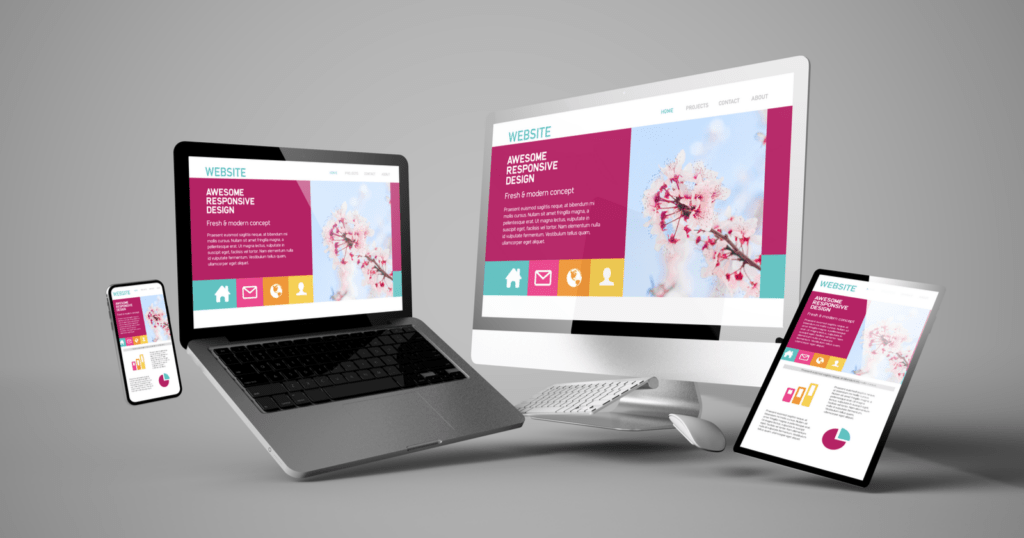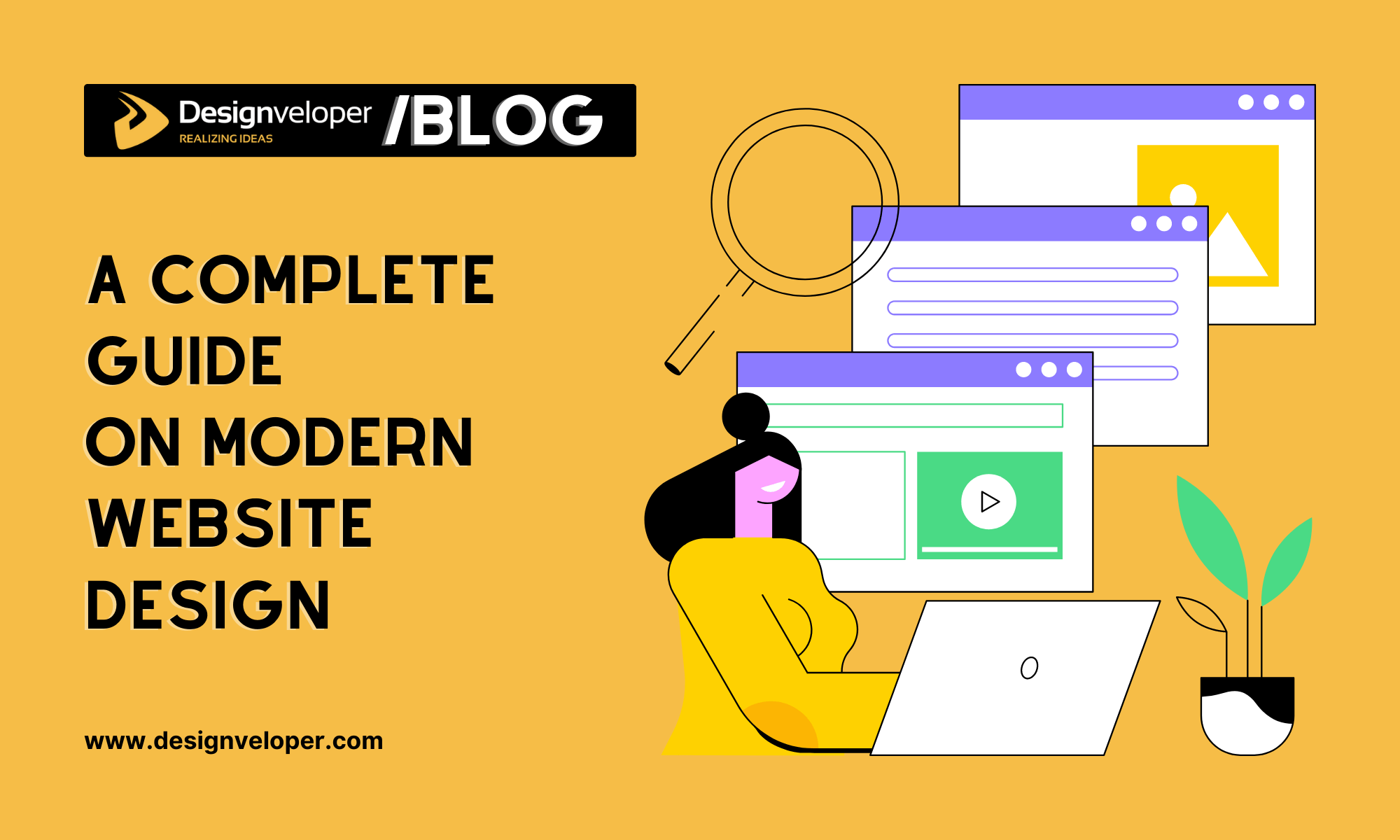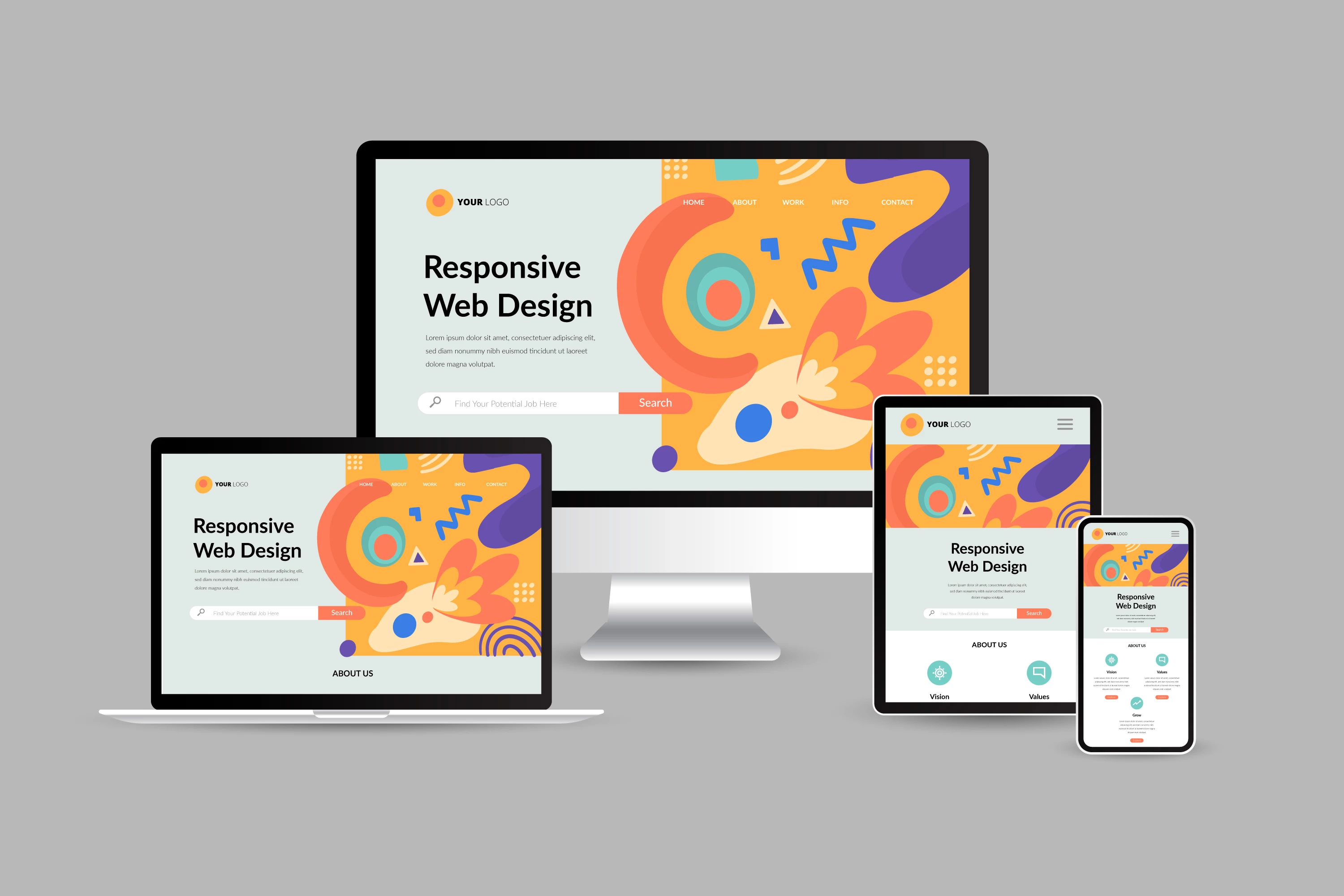High-Converting Website Design Solutions for Enhanced Experience
High-Converting Website Design Solutions for Enhanced Experience
Blog Article
Top Tips for Creating an Impactful Site Design That Transforms
In today's digital landscape, the value of an impactful site style can not be overstated, specifically when it pertains to converting site visitors right into consumers. To achieve this, one need to take into consideration a selection of factors, including recognizing the target audience, focusing on individual experience, and optimizing for mobile systems. In addition, the critical usage of compelling call-to-actions and a distinct aesthetic power structure plays a vital role in leading customers through their journey. As we discover these vital aspects, it comes to be apparent that the success of your web site rests on even more than simply visual appeal; it needs a thoughtful technique to style and performance.

Understand Your Target Market
Recognizing your target audience is essential to reliable site layout, as it prepares for creating an interesting individual experience. Recognizing who your customers are, including their demographics, choices, and habits, makes it possible for developers to customize the site's material, design, and performance to fulfill certain requirements.
Performing comprehensive market study is critical in this process. Surveys, interviews, and analytics can give beneficial insights right into user assumptions and discomfort points. By compiling this information, designers can produce individual characters that represent different sections of the target market, ensuring that design decisions are informed and relevant.
In addition, recognizing the target audience helps in choosing ideal design aspects such as color design, typography, and imagery that resonate with customers. An internet site that talks straight to its audience promotes a feeling of link and trust, motivating longer check outs and greater conversion rates.
Ultimately, a user-centered approach to site layout not just enhances individual fulfillment yet also sustains organization objectives by driving interaction and commitment. By prioritizing the requirements and preferences of the target audience, a website can properly serve its objective and attain preferred results.
Prioritize Individual Experience
To boost the overall effectiveness of a website, focusing on individual experience (UX) is essential (Website Design). A well-designed UX guarantees that site visitors can navigate the website effortlessly, locate info promptly, and involve with content meaningfully. This brings about boosted individual fulfillment and greater conversion prices
Begin by executing intuitive navigation. Menus needs to be rationally structured, enabling customers to situate crucial locations of the site with marginal initiative. Consistency in layout components, such as color design and fonts, fosters experience, which is important for maintaining individual interaction.
In addition, consider the packing rate of your internet site. A delay of just a few secs can lead to significant drop-offs, as users are less most likely to wait for a slow-loading page. Streamlining images and optimizing code can enhance efficiency and keep site visitors.
Additionally, clarity in content discussion is crucial. Usage succinct, appealing language and break up message with visuals to boost readability. By prioritizing user experience, you not just create a more satisfying atmosphere for visitors but likewise strengthen your brand's trustworthiness. Eventually, a focus on UX is a financial investment in the long-term success of your website.
Optimize for Mobile Instruments
Enhancing for smart phones is critical in today's electronic landscape, where a raising variety of users accessibility web sites via smartphones and tablet computers. A mobile-friendly style not just boosts user experience yet additionally plays a considerable role in enhancing search engine rankings. To attain this, it is important to embrace a receptive design that instantly gets used to different display dimensions and alignments.

Filling speed is another essential factor; mobile customers are typically much less person and anticipate quick access to info. Maximize pictures and take advantage of browser caching to enhance performance. Lastly, test your internet site on several tools and display resolutions to recognize and fix any type of potential use concerns. By focusing on mobile optimization, you guarantee that your site remains affordable and effectively involves a more comprehensive target market.
Use Engaging Call-to-Actions
A website's performance commonly pivots on its capacity to assist visitors toward wanted actions, making engaging call-to-actions (CTAs) essential parts of design. CTAs offer as the critical points that route individuals to involve with the site, whether that implies purchasing, registering for an e-newsletter, or downloading a source.
To produce effective CTAs, clarity is vital. Usage concise language that plainly communicates the activity you desire the individual to take.
Additionally, consider using directional cues, such as arrowheads or pictures, to assist customers towards these switches. By focusing on these elements, organizations can significantly boost customer interaction, driving conversions and eventually accomplishing their website's objectives.
Concentrate On Visual Power Structure
Reliable website design relies greatly on a well-structured visual pecking order that overviews individuals with click here to find out more material effortlessly. By organizing aspects in a way that focuses on information, developers can improve user experience and promote decision-making. This includes making use of dimension, shade, contrast, and spacing purposefully to accentuate one of the most vital parts of a webpage.
Using bigger font styles for headings and subheadings develops a clear distinction between different areas, allowing individuals to check content effortlessly. Additionally, utilizing different colors for switches and calls-to-action can capture user attention and encourage interaction. Whitespace is an additional necessary component; it stops mess and makes it possible for customers to concentrate on key messages without interruptions.
Pictures and graphics should complement the text while also sticking to the well-known hierarchy, enhancing the overall message (Website Design). Consistency in style aspects, such as color pattern and typography, additional enhances the aesthetic pecking order, making navigating user-friendly

Verdict
In conclusion, efficient site layout demands a thorough understanding of the target audience, prioritization of user experience, and mobile optimization. Inevitably, a well-executed site style serves as an essential part in driving individual actions and attaining organization purposes.
Report this page